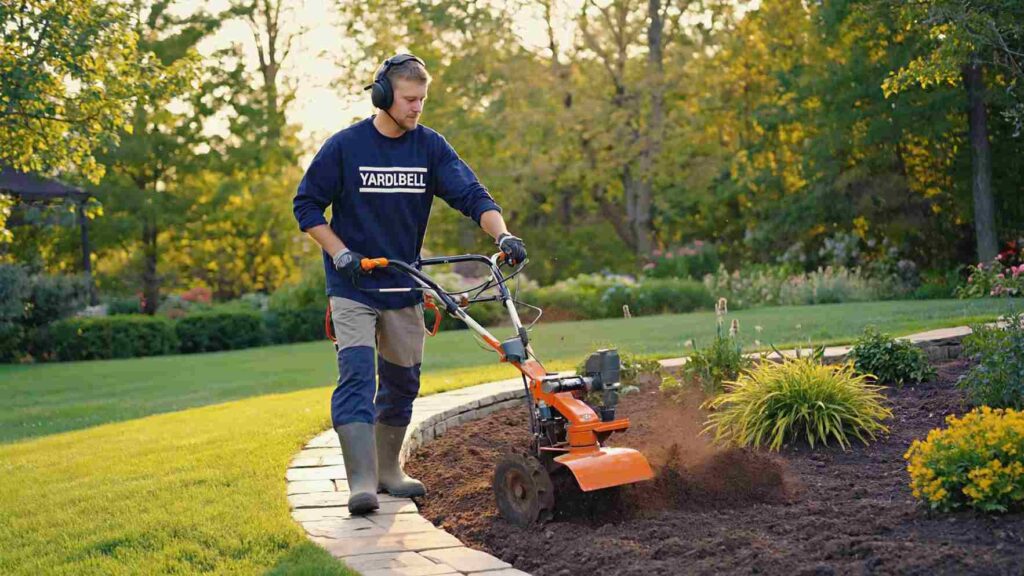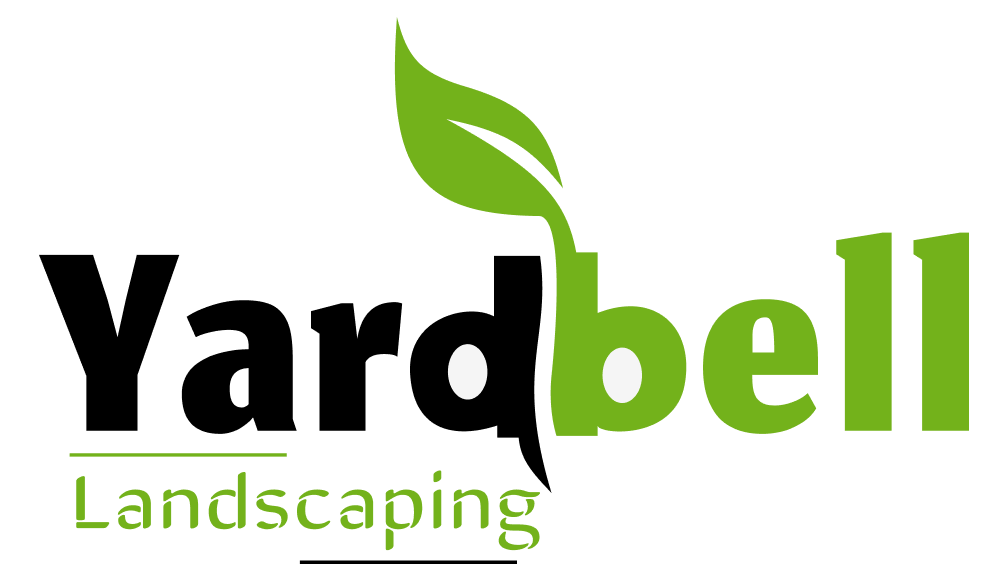
Affordable Rototilling Service in Calgary
We provide professional rototilling services in Calgary to help you build the foundation for a lush, vibrant yard. Whether you’re starting a vegetable garden, laying new sod, or simply improving poor soil conditions, rototilling is a key part of lawn and soil aeration in Calgary, allowing air, water, and nutrients to penetrate deeply.
Our experts use commercial-grade rototillers to break up compacted soil, remove old grass or debris, and mix in organic matter or compost. This process improves drainage, encourages deep root growth, and sets the stage for strong, healthy plant development. It’s especially beneficial when paired with services like core aeration, overseeding, or even full sod replacement.
Key Benefits of Rototilling
- Loosens Compacted Soil: Breaks up tough, hard soil, improving airflow and water movement.
- Enhances Aeration: Similar to lawn aeration services in Calgary, rototilling allows essential nutrients to reach the root zone.
- Enriches the Soil: Mixes in compost or topsoil to boost fertility and encourage root growth.
- Prepares for New Plantings: Creates the ideal base for seeding, sod installation, or flower beds.
- Complements Spring Lawn Care: As featured in From Thatch to Fresh Cut: The Full Spring Lawn Makeover Guide, rototilling is part of a full seasonal prep plan.
Maintenance Tips
- Water the Soil: Keep the area lightly moist for the first few days after tilling to help settle the soil.
- Don’t Over-Till: Limit rototilling to once or twice per year. Overdoing it can cause erosion and disrupt soil structure.
- Add Fertilizer: Apply a balanced fertilizer to improve nutrient content before planting or laying sod.
- Mulch: Add mulch over garden beds or around new plantings to retain moisture and reduce weeds.
Consider Overseeding: Boost density and lawn health by overseeding and fertilization after rototilling.
Frequently Asked Questions
1. What is rototilling?
Rototilling is the process of turning and loosening soil using a powered machine called a rototiller. It breaks up compacted soil, mixes in amendments, and prepares the ground for planting or sod installation.
2. Why should I rototill my yard?
Loosens compacted soil
Improves water and air penetration
Mixes in compost, fertilizer, or topsoil
Prepares the surface for sod, seed, or plants
3. When is the best time to rototill?
Spring: Once the soil is dry and workable (not muddy)
Fall: To prep for next season or improve poor soil
Avoid tilling when the ground is too wet or frozen—it can damage soil structure.
4. How deep should I rototill?
For sod or garden beds: 4–6 inches deep
For major leveling or soil correction: Up to 8 inches
Multiple passes may be needed for compacted or clay-heavy soil.
5. Do I need to remove grass before rototilling?
Yes, ideally. Removing grass/sod first prevents large clumps, weed regrowth, and a bumpy surface. You can:
Use a sod cutter
Kill the grass with herbicide, then rototill once it’s dead and dry

